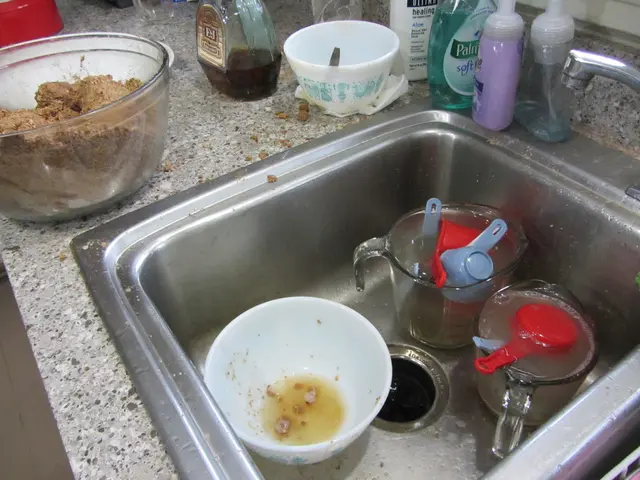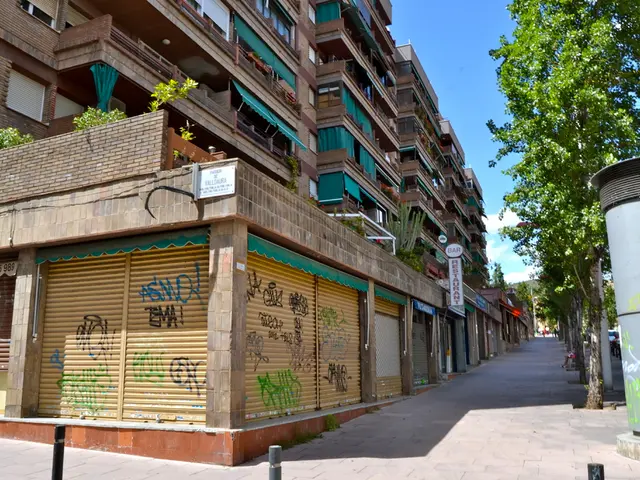Six farm products that are not recommended for long-term storage:
Keep your crops fresh and tasty by storing them properly! While some produce store beautifully, others may not be so lucky if they're damaged or not ripe.
If your harvest shows signs of rot, disease, or pest damage, it's best to quickly eat what you can or toss them in the compost bin. For storing techniques tailored to specific crops like carrots, apples, chillies, and onions, take a look at our helpful guides.
Don't forget about other creative ways to enjoy your harvest! Preserve your crops with pickling, making vinegars, or chutneys. Learn more with our guide to preserving your harvests.
Here are some common issues to watch out for before storing your crops:
Cabbage Hearts
Cabbage hearts with Holes from caterpillars won't last, but can be eaten after cleaning. Loose hearts due to late planting or a non-hearting variety should ideally be consumed within a month of harvesting.
Carrots
Carrots with root fly damage need to be eaten soon, as maggots will feast on the roots in storage. Opt for resistant varieties like 'Maestro' to prevent damage. Parsnips and celeriac can also be affected but can still store for their higher dry matter content in the root.
Onions and Shallots
Onions and shallots with neck rot at the top, fungal damage at the base, or onion fly maggots should be used right away following the removal of damaged parts. Toss any alliums with white rot - a fluffy mold on their roots.
Runner or French Beans
If you didn't harvest your beans in time, and the pods are swollen but still mainly green by fall, you can remove the beans, boil them, and enjoy.
Baby Carrots, Beetroots, Parsnips, Swedes, Turnips, and Small Onions, Shallots, and Garlic Bulbs
These veggies should be eaten shortly after picking due to drying out during storage. However, small onions, shallots, and garlic bulbs usually store as well as larger ones.
Tomatoes
Avoid storing tomatoes from plants afflicted by tomato blight once you notice brown blotches on the leaves or stems. Eat the fruits immediately for less flavorsome results, or cook and freeze them instead.
Trim an inch or so from leafy ends before storing produce, leaving some to prevent drying.store fruits separately from vegetables, and keep ethylene-producing fruits like bananas away to slow spoilage.
If you notice damage like holes from caterpillars in your cabbages, it's best to clean them carefully and eat them quickly. For storing carrots, consider choosing resistant varieties like 'Maestro' to prevent root fly damage and maggot infestation.








